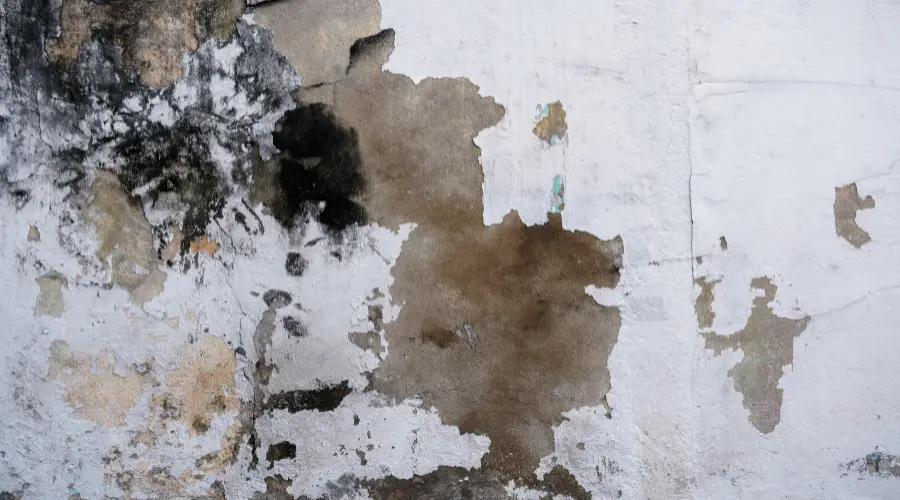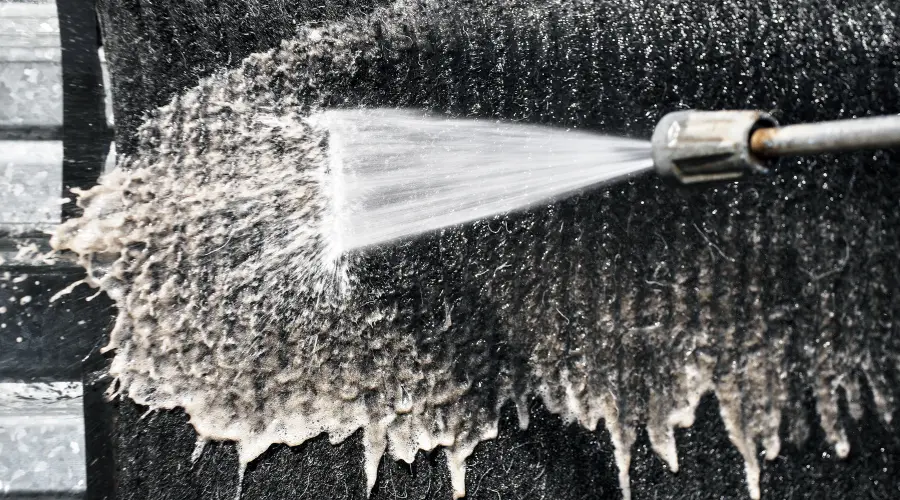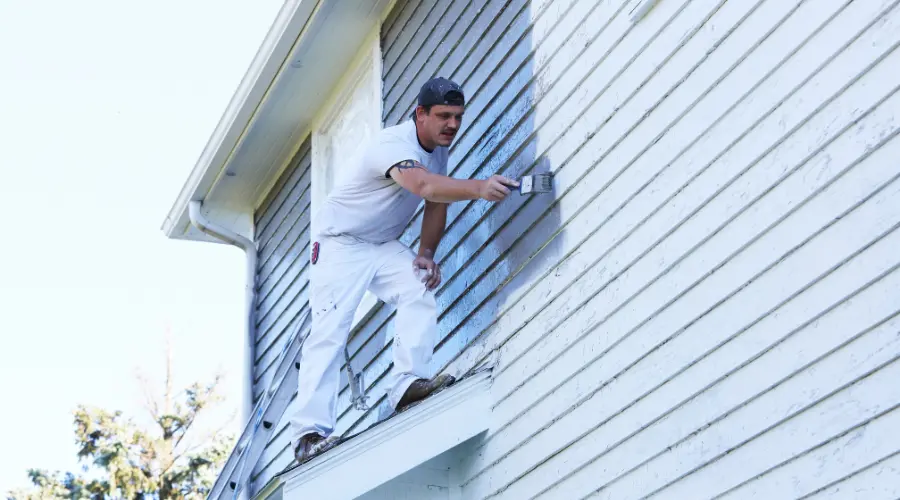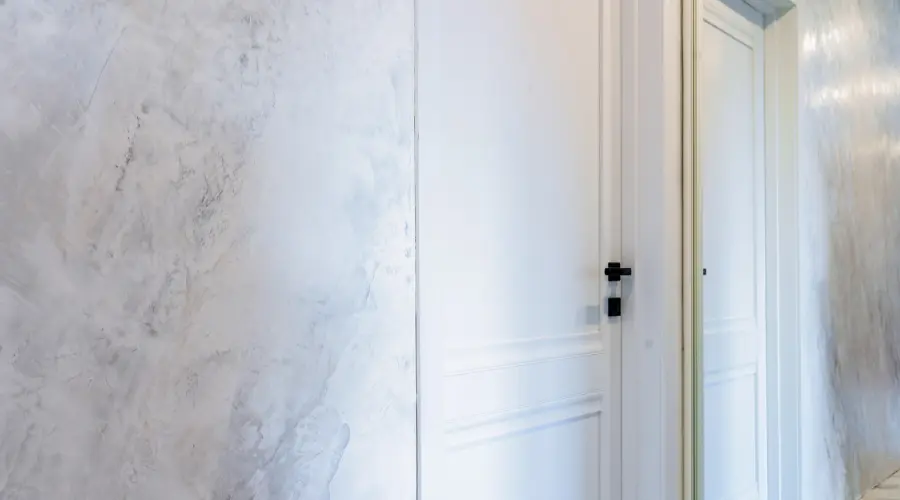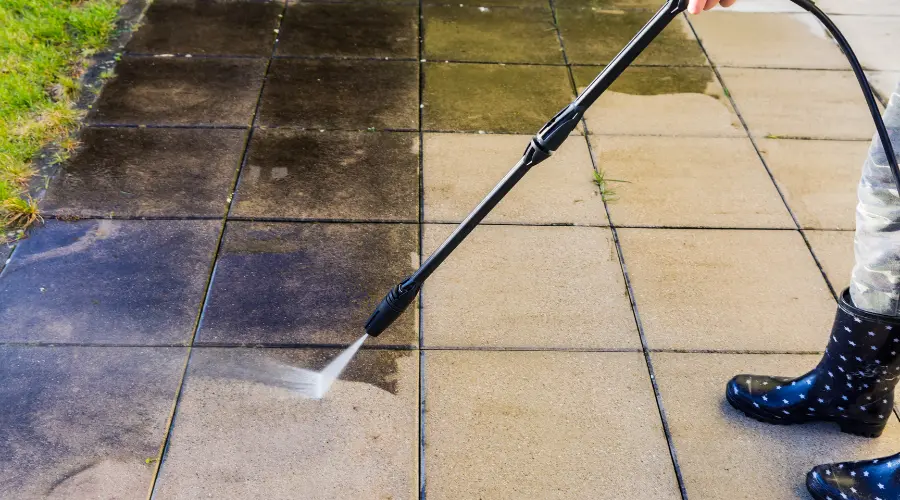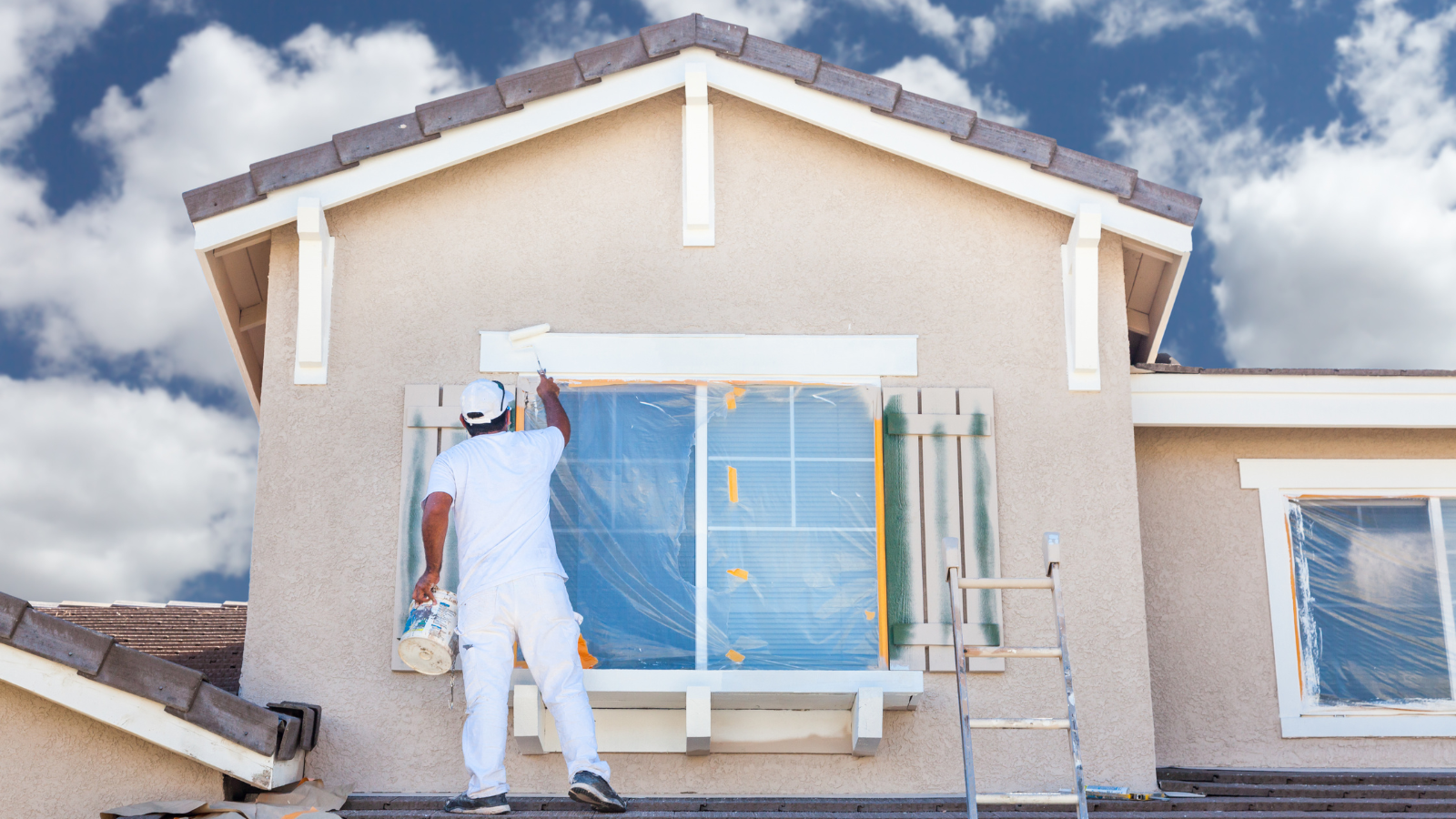Key Takeaways
- Immediate Cleaning: Clean brushes and rollers promptly after use to prevent paint from drying and hardening.
- Appropriate Solvents: Use the correct solvent based on the paint type: soap and water for water-based paints; mineral spirits or paint thinner for oil-based paints.
- Proper Technique: Gently work the cleaning solution through the bristles or roller cover without damaging the tool’s structure.
- Thorough Rinsing and Drying: After cleaning, rinse thoroughly and allow tools to dry completely before storage to maintain their shape and prevent mildew.
Properly cleaning your paint brushes and rollers ensures their longevity and maintains the quality of your painting projects. Neglecting this essential step can lead to hardened bristles and compromised finishes.
How to Clean Paint Brushes
- Remove Excess Paint: After painting, remove as much paint as possible by pressing the brush against the side of the paint can or using a scraper.
- Choose the Right Cleaning Solution:
- Clean the Brush:
- For water-based paints, rinse the brush under warm water, working soap through the bristles until the water runs clear.
- For oil-based paints, dip the brush into the solvent, gently swirling to loosen the paint. Repeat with fresh solvent if necessary.
- Rinse and Dry:
- Rinse the brush thoroughly with clean water.
- Gently shake out excess water and reshape the bristles.
- Lay the brush flat or hang it to dry, ensuring the bristles maintain their shape.
How to Clean Paint Rollers
- Remove Excess Paint: Use a putty knife or scraper to remove as much paint as possible from the roller cover.
- Choose the Right Cleaning Solution:
- Clean the Roller:
- For water-based paints, work the paint out of the nap using your hand. Rinse the cover with a stream of clean water or in a fresh bucket.
- For oil-based paints, submerge the roller cover in the solvent, working it with your hand to release the paint. After several minutes of agitation, remove the cover and work the excess out back into the container.
- For water-based paints, work the paint out of the nap using your hand. Rinse the cover with a stream of clean water or in a fresh bucket.
- Rinse and Dry:
- Rinse the roller cover thoroughly with clean water.
- Shake out excess water and stand the cover on its end to dry.
Cleaning Hardened Brushes
If paint has dried on your brush, you can attempt to restore it:
- Soften the Paint:
- Soak the brush in a suitable solvent (matching the paint type) to soften the hardened paint.
- Loosen the Paint:
- Use a brush comb or similar tool to gently work through the bristles, loosening the paint.
- Clean and Rinse:
- Follow the standard cleaning steps once the paint has been loosened.
Frequently Asked Questions
Q: Can I clean paint brushes in the sink?
A: It’s not recommended to clean paint brushes in the sink, especially when using solvents, as it can cause clogs and environmental harm. Instead, use a separate container for cleaning and dispose of the waste properly.
Q: How can I prevent my brushes from drying out during a painting project?
A: If you need to pause your painting, wrap the brush in a damp paper towel or plastic wrap to keep it from drying out. For longer breaks, consider placing the wrapped brush in the refrigerator.
Q: Is it worth cleaning paint rollers, or should I dispose of them?
A: Quality paint rollers can be cleaned and reused multiple times. Proper cleaning ensures smooth application in future projects and is more cost-effective than frequent replacements.
Q: How should I dispose of used solvents after cleaning?
A: Allow the paint solids to settle, then pour the clear solvent into a storage container for future use. Let the remaining residue dry in a well-ventilated area away from children and pets, then dispose of it according to local hazardous waste regulations.
By following these guidelines, you can maintain your painting tools in excellent condition, ensuring they perform well for many projects to come. Contact CCT Apex House Painting today to transform your vision with expert craftsmanship and precision.


